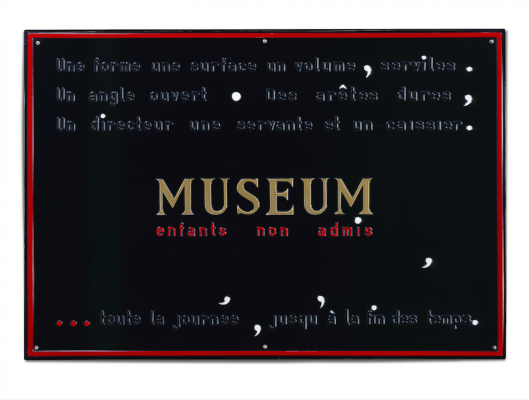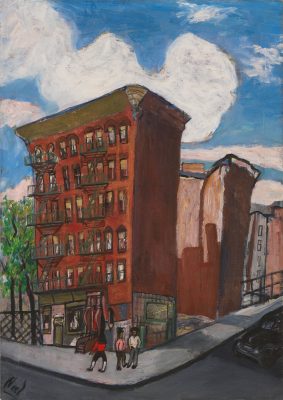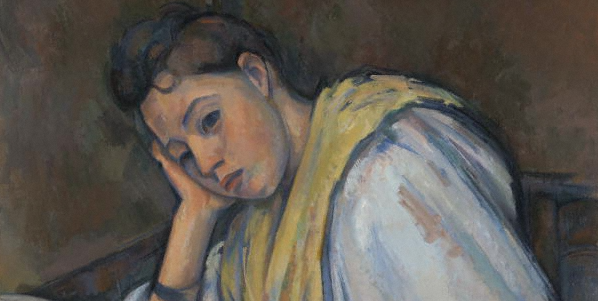Rosanna Mclaughlin
Rosanna Mclaughlin is an editor at The White Review.
Articles Available Online
READ NEXT









